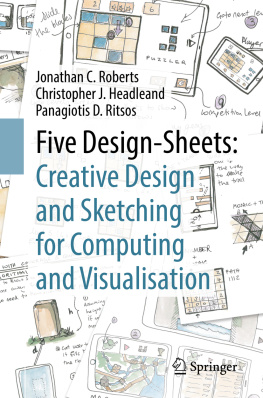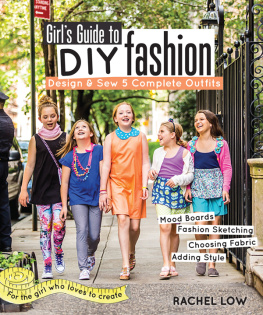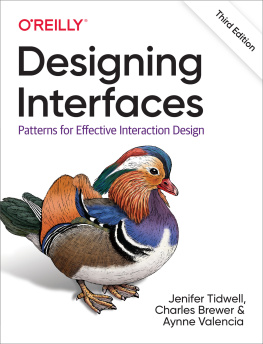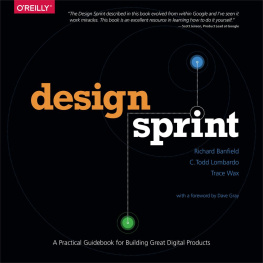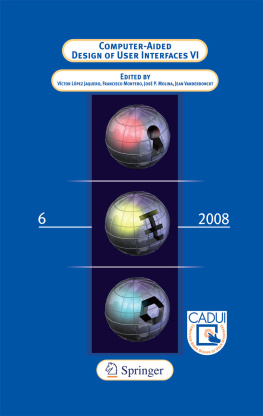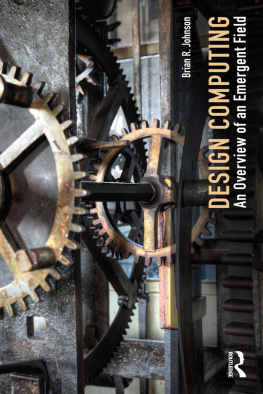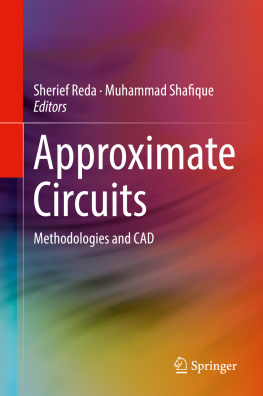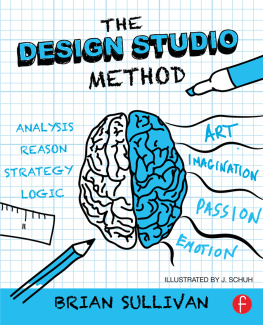Jonathan C. Roberts - Five Design-Sheets: Creative Design and Sketching for Computing and Visualisation
Here you can read online Jonathan C. Roberts - Five Design-Sheets: Creative Design and Sketching for Computing and Visualisation full text of the book (entire story) in english for free. Download pdf and epub, get meaning, cover and reviews about this ebook. year: 2017, publisher: Springer, genre: Romance novel. Description of the work, (preface) as well as reviews are available. Best literature library LitArk.com created for fans of good reading and offers a wide selection of genres:
Romance novel
Science fiction
Adventure
Detective
Science
History
Home and family
Prose
Art
Politics
Computer
Non-fiction
Religion
Business
Children
Humor
Choose a favorite category and find really read worthwhile books. Enjoy immersion in the world of imagination, feel the emotions of the characters or learn something new for yourself, make an fascinating discovery.
- Book:Five Design-Sheets: Creative Design and Sketching for Computing and Visualisation
- Author:
- Publisher:Springer
- Genre:
- Year:2017
- Rating:3 / 5
- Favourites:Add to favourites
- Your mark:
Five Design-Sheets: Creative Design and Sketching for Computing and Visualisation: summary, description and annotation
We offer to read an annotation, description, summary or preface (depends on what the author of the book "Five Design-Sheets: Creative Design and Sketching for Computing and Visualisation" wrote himself). If you haven't found the necessary information about the book — write in the comments, we will try to find it.
This book describes a structured sketching methodology to help you create alternative design ideas and sketch them on paper. The Five Design-Sheet method acts as a check-list of tasks, to help you think through the problem, create new ideas and to reflect upon the suitability of each idea. To complement the FdS method, we present practical sketching techniques, discuss problem solving, consider professional and ethical issues of designing interfaces, and work through many examples.Five Design-Sheets: Creative Design and Sketching for Computing and Visualization is useful for designers of computer interfaces, or researchers needing to explore alternative solutions in any field. It is written for anyone who is studying on a computing course and needs to design a computing-interface or create a well-structured design chapter for their dissertation, for example. We do acknowledge that throughout this book we focus on the creation of interactive software tools, and use the case study of building data-visualization tools. We have however, tried to keep the techniques general enough such that it is beneficial for a wide range of people, with different challenges and different situations, and for different applications.
Jonathan C. Roberts: author's other books
Who wrote Five Design-Sheets: Creative Design and Sketching for Computing and Visualisation? Find out the surname, the name of the author of the book and a list of all author's works by series.

